Witsand's Very Own Butterfly
The Dickson’s Copper butterfly (Chrysoritis dicksoni) was originally discovered by Charles Dickson near Melkbosstrand on South Africa's west coast. This critically endangered butterfly has a history of disappearing from its known habitats and being rediscovered. Today the only known population of this species occurs just outside of Witsand on the south coast, more than 200 km away.
Spread out over 80 ha, there are a few sub-populations of the Dickson’s Copper at the Vondeling and Westfield farms outside Witsand, especially where Canca Limestone Fynbos occurs. The sandy habitat is characterised by restios (a type of fynbos grass) and low shrubs with rocky limestone outcrops.
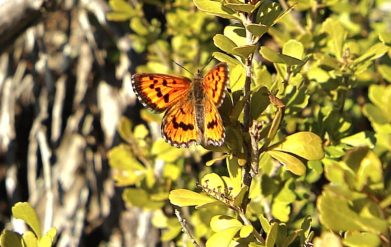
The Dickson's Copper butterfly from Westfield Farm.

Black Cocktail ant nest utilising natural fynbos.
Interestingly, Black Cocktail ants (Crematogaster peringueyi) are responsible for feeding the butterfly larvae via mouth-to-mouth transfer of nutritional fluids. This feeding mechanism is called trophallaxis. In this area, the ants tend to nest in Blue Kunibush (Searsia glauca). Adult female butterflies specifically choose to lay their eggs, or oviposit, on these bushes where the ants are present. They do so by picking up
on chemical cues secreted by the ants.
Indeed, the Dickson’s Copper is very dependent on the presence of Black Cocktail ants for successful reproduction. But what’s in it for the ants? Well, nothing actually. Chrysoritis dicksoni is a social parasite; it is hypothesised that the butterfly larvae trick the ants into feeding them by producing pheromones and acoustic sounds that mimic those of the queen ant. The ants are none the wiser and give the butterfly larvae
feeding priority over their own larvae.
A survey in 2021 revealed that Black Cocktail ants recovered from a controlled burn of Westfield Farm. In 2024 the LBRCT assisted the Gouritz Biosphere Cluster and butterfly expert, Dave Edge, record healthy numbers of Dickson’s Copper butterflies in two locations known for supporting this rare and endemic species. Below are images of the beautiful vegetation types that the limestone fynbos outcrops support:

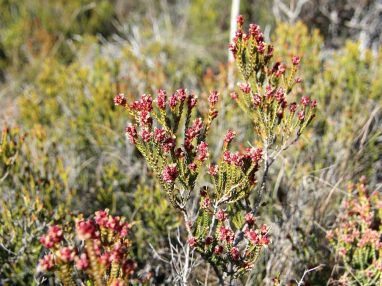

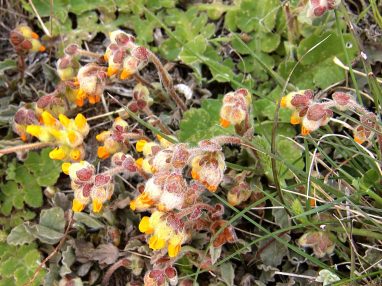
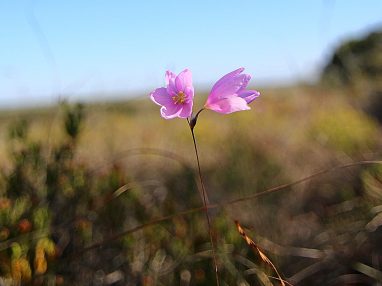

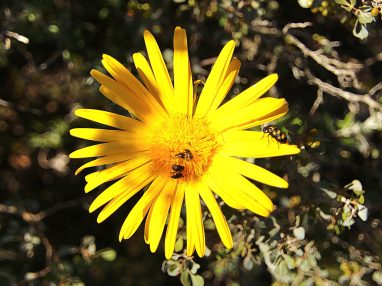

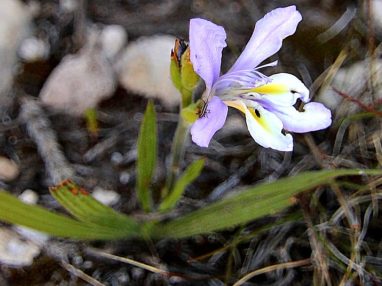
This last known population of this species is highly dependent on the preservation of its known habitat and the health of the surrounding biodiversity. Fortunately, Stellenbosch University owns large portions of the land, leaving us with hope that their numbers will rise in future.